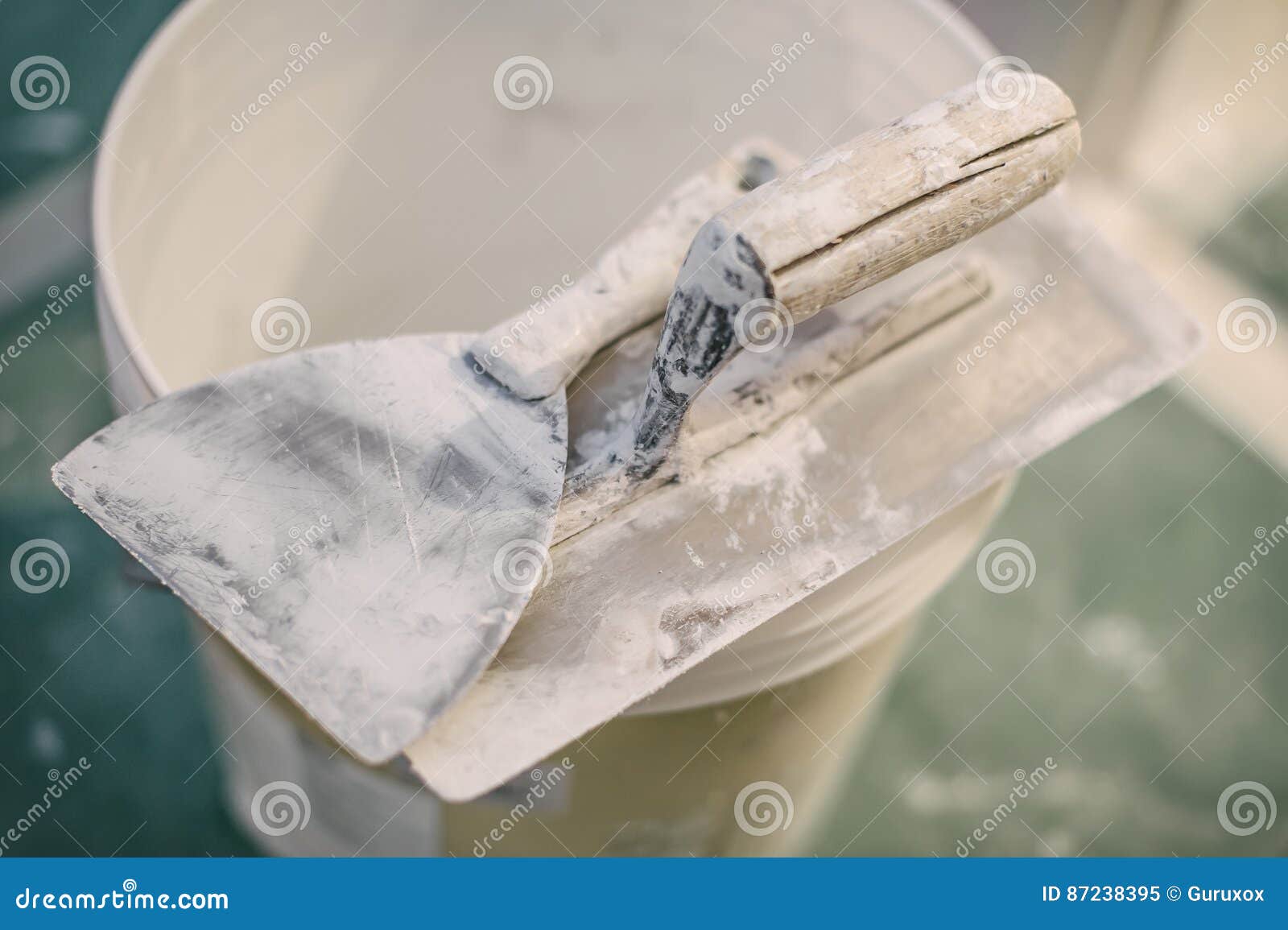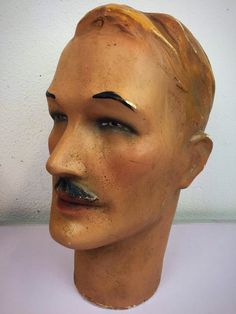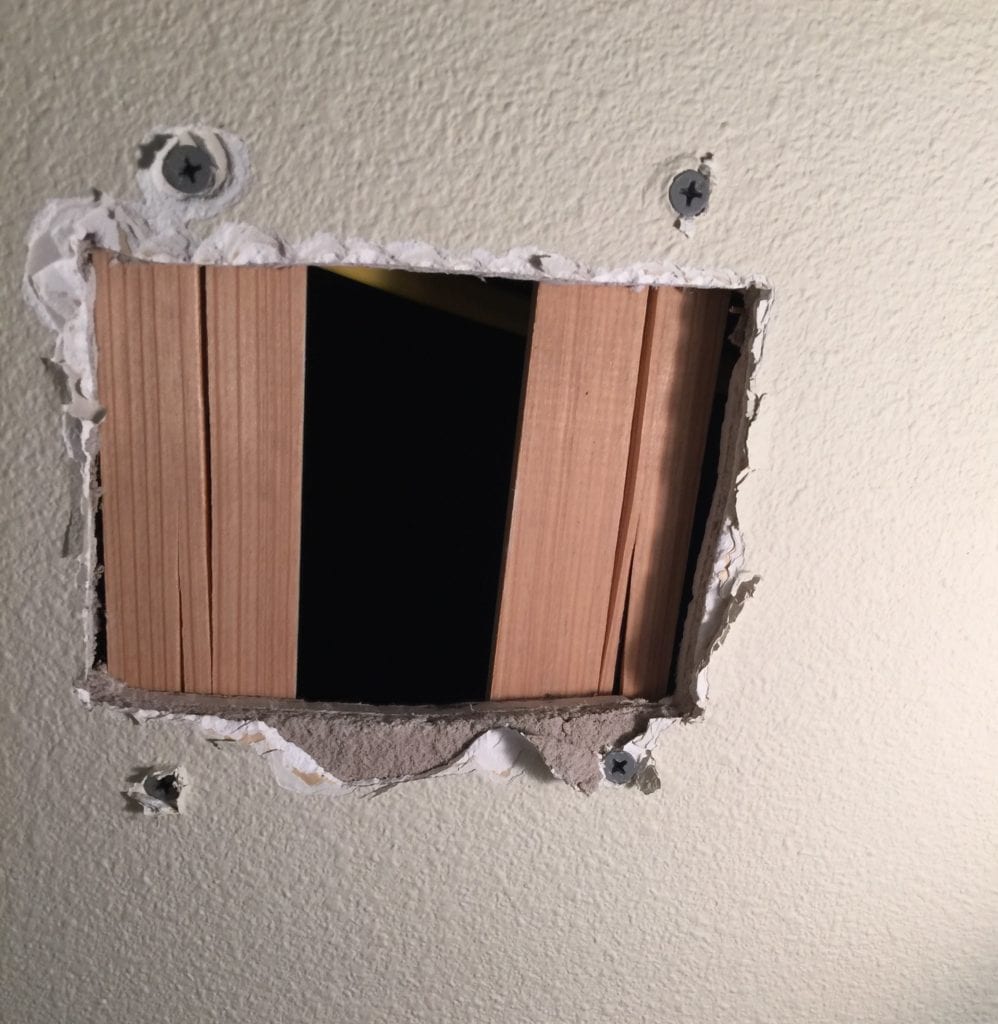

- CUTTING OUT OLD PLASTER RINGS IN PLASTER HOW TO
- CUTTING OUT OLD PLASTER RINGS IN PLASTER PATCH
- CUTTING OUT OLD PLASTER RINGS IN PLASTER PRO
- CUTTING OUT OLD PLASTER RINGS IN PLASTER CRACK
CUTTING OUT OLD PLASTER RINGS IN PLASTER PATCH
For A Plaster Wall, Trim A Piece Of Plasterboard To Fit The Hole.Ĭutting a patch from another piece of drywall and securing it with wood backing strips and drywall screws. Wait 15 minutes, then fill all unmarked holes with a squirt of plaster adhesive. Source: ġ repair the hole in the wall with. Source: A small hole in plasterboard wall up to 80 mm or 3 inches And holes in the wall that are as large as, say the palm of your hand, will need to be repaired in one of two ways. Apply to the hole with a flexible filling knife, working both vertically and horizontally and ensuring.
CUTTING OUT OLD PLASTER RINGS IN PLASTER HOW TO
Source: This guide will look how to fix 3 types and sizes of holes. Source: Use sharp scissors to cut a wall repair patch so that it is approximately 1 in (2.5 cm) taller and 1 in (2.5 cm) wider than the hole in the wall. Source: Force the plaster into the mesh and the lath as much as possible to help the plaster stick. Don't hold the chisel parallel to the wall where the plaster meets the masonry, this may just lift off perfectly sound plaster. Source: Apply a layer of spakfilla rapid. Square up the hole using a padsaw or hobby knife.

You’ll need the following tools and products: Source: For the best seal, use a putty knife or a flexible filling blade to take the spakfilla across the area in multiple directions. Clean and tidy the plaster or plasterboard around the hole, then spray a little water on the plaster and allow it to absorb. With more than 20 common recessed can light cutout sizes needed the sizes available are seldom going to work.It's easy to fix small holes in drywall, such as nail holes, using spackling compound, and holes larger than 5 inches in diameter usually require a drywall patch. Each size of carbide grit hole saw costs between $45 and $80 depending upon the brand and the hole saw only works for one size hole. There good reasons why this is often not the case. In theory it would be simpler to use a continuous edge tungsten carbide rim grit hole saw and cut through all three layers. For chicken wire it is best to use diagonal cutting pliers (dikes) or snips to cut the wire lath. For wood lath a fine tooth bi-metal reciprocating saw blade usually works the best. For standard metal lath a carbide grit reciprocating saw blade works very well. The best tool for cutting the lath depends upon the material used.

CUTTING OUT OLD PLASTER RINGS IN PLASTER CRACK
With the circular scoring motion of the tungsten carbide cutting blades the two layers of the plaster are not likely to separate and cause a crack in the ceiling (which can be very expensive to repair).
CUTTING OUT OLD PLASTER RINGS IN PLASTER PRO
The Hole Pro adjustable hole cutters make a clean straight cutout hole in the plaster for the can light or ceiling speaker and with the straight edge the grill or trim rings will sit flush against the surface of the ceiling. Second cut the lath using the hole in the plaster as a guide.

First cut the plaster and remove the plug. We recommend treating the plaster ceiling hole cutting operation as a two stage process. In many cases the nails that originally held the pieces of lath in place have largely disappeared from corrosion over the years. In prior years the lath could be metal, chicken wire, or wood. After 1950 most plaster ceilings have a metal lath. Plaster ceilings have been done in different ways in different parts of the country and at different times. There are many times when one or more holes need to be made in a plaster ceiling, whether for recessed light cans, audio speakers, a heating or air conditioning duct, or to add a ceiling fan.


 0 kommentar(er)
0 kommentar(er)
